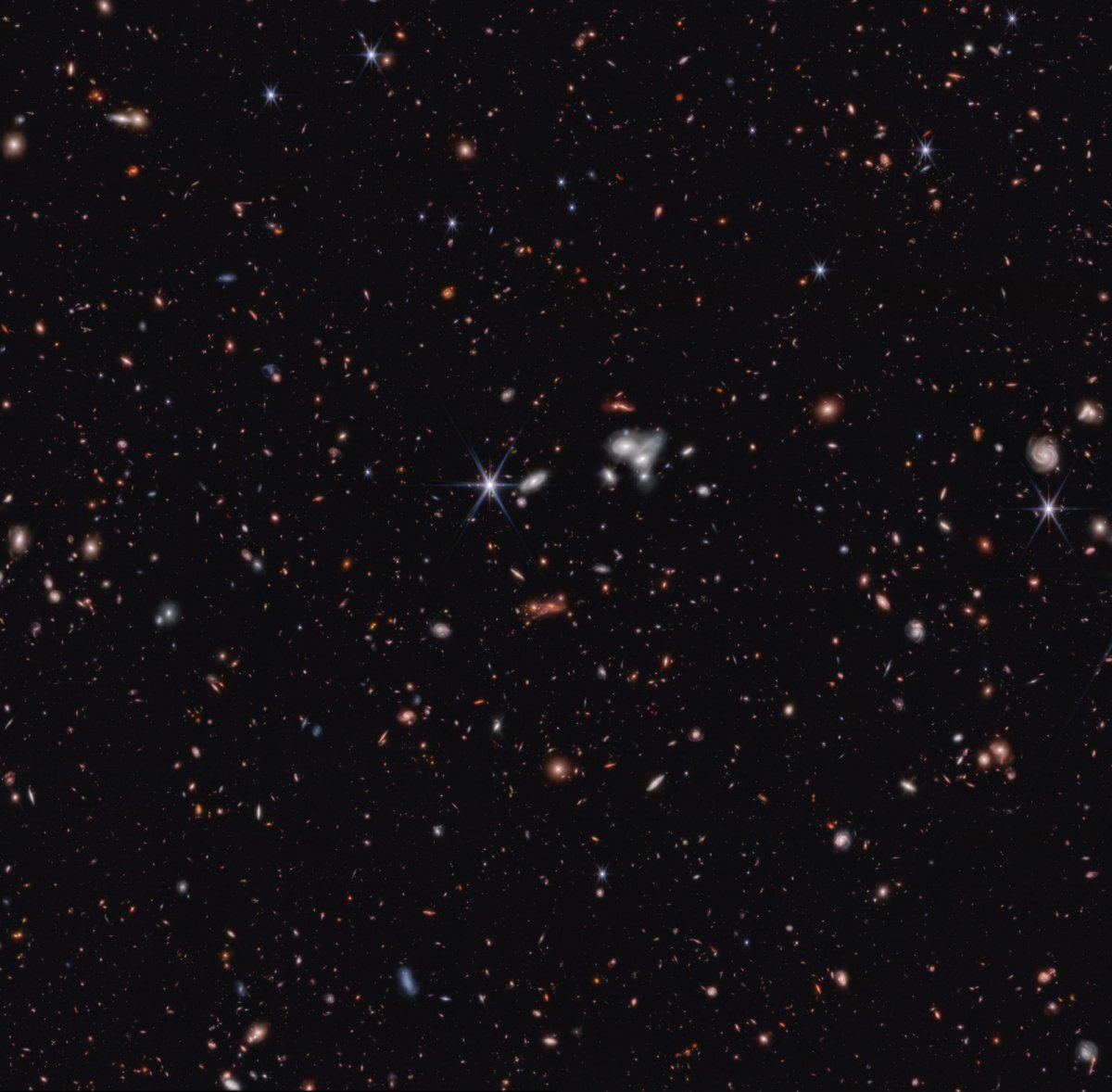A research team using the James Webb Space Telescope has made a groundbreaking discovery – the most distant active supermassive black hole known to date. The black hole, known as CEERS 1019, is observed as it appeared approximately 570 million years after the Big Bang. Despite its smaller size of only nine million solar masses, it presents a challenge for scientists in understanding how it grew so rapidly in a relatively short period of time. Nevertheless, the discovery suggests that similar black holes are likely to be found throughout the young universe.
The research team highlights that CEERS 1019 shares similarities with the black hole at the center of the Milky Way, albeit half the size. The fact that it can be confirmed and studied further demonstrates the capabilities of the James Webb Space Telescope. While there have been reports of even more distant black holes, their verification is still pending. Notably, CEERS 1019 exhibits a rare level of detail for such a distant object, allowing researchers to distinguish between the radiation emitted by the black hole and that of the surrounding galaxy.
In addition to CEERS 1019, the research team also presents the discoveries of two other supermassive black holes named CEERS 2782 and CEERS 746. These black holes are observed in their state more than a billion years after the Big Bang, making them among the earliest black holes but also among the smallest in this epoch. NASA notes that the number of objects found by the James Webb Space Telescope in the early universe continues to astound researchers, and they are excited about the implications for understanding galaxy formation and evolution.
The James Webb Space Telescope, operated by the European Space Agency (ESA) and the Canadian Space Agency (CSA), was launched on December 25, 2021. After a complex unfolding process, it reached its operational position a month later. To prevent interference from thermal radiation from the sun, Earth, and moon, the telescope is oriented away from them and shielded by a large protective screen. The data collected by the telescope has been impressive, and new findings are regularly announced. In a few days, the telescope will mark its first anniversary of scientific operations. The latest discoveries from the Cosmic Evolution Early Release Science Survey are published in the Astrophysical Journal Letters.


